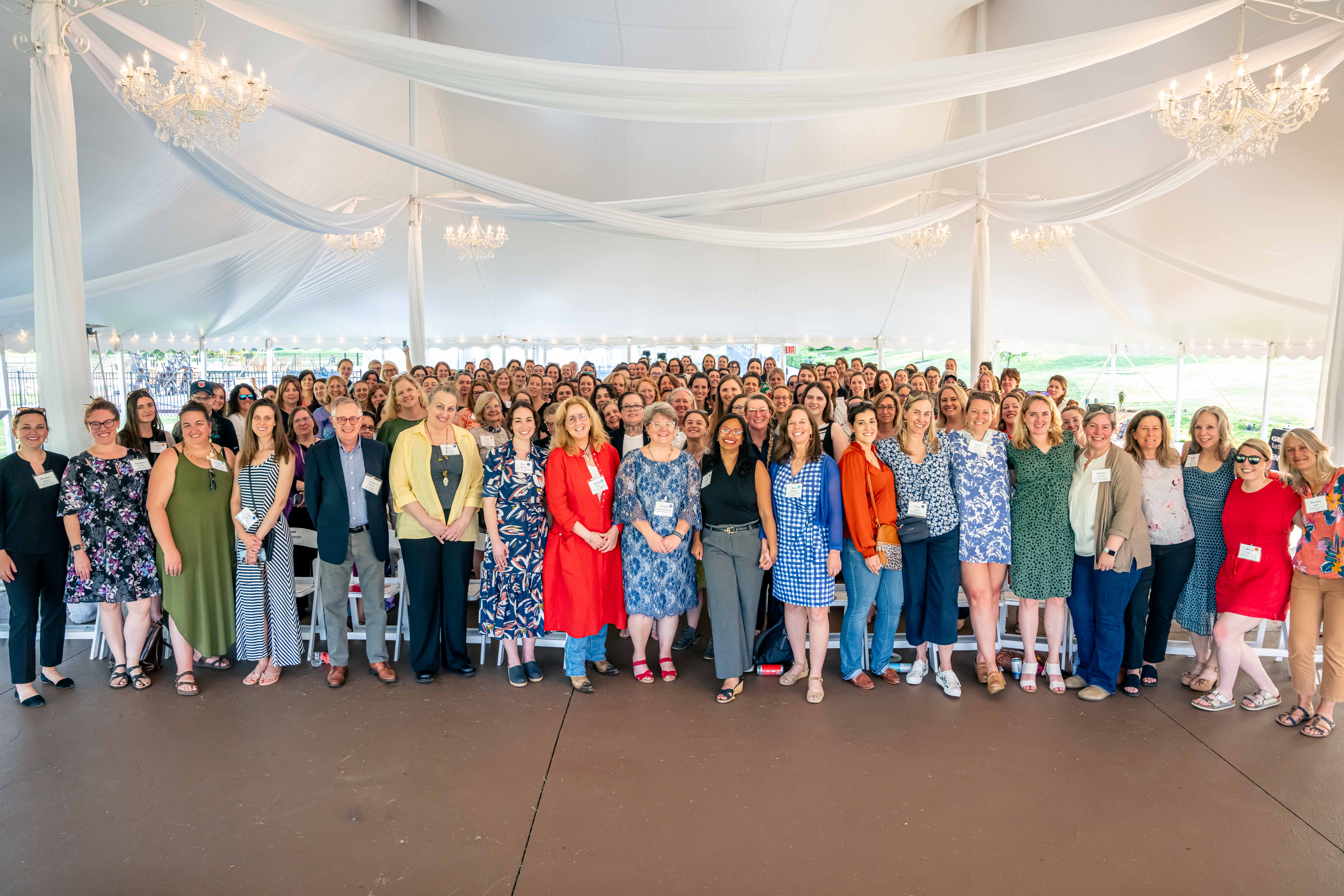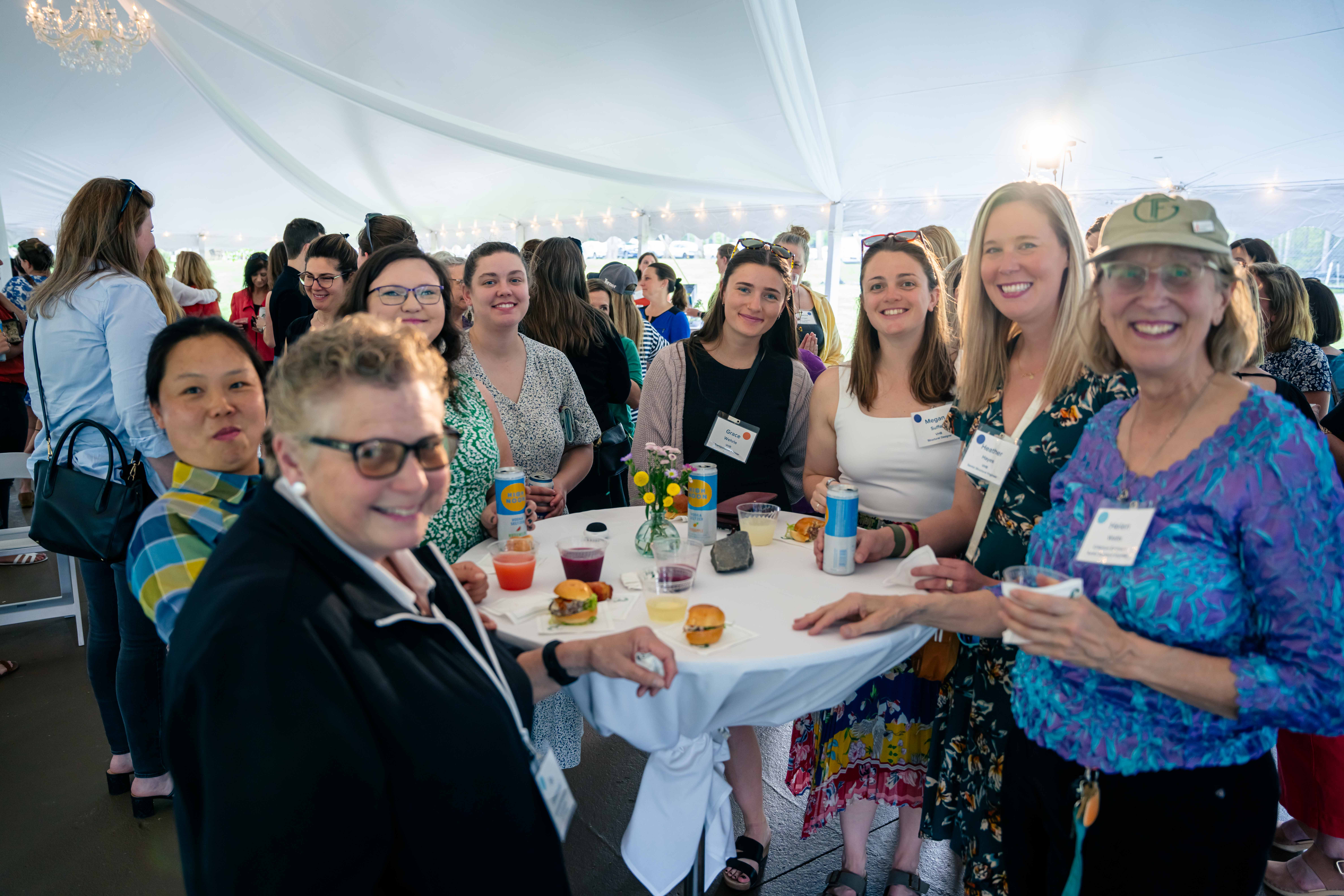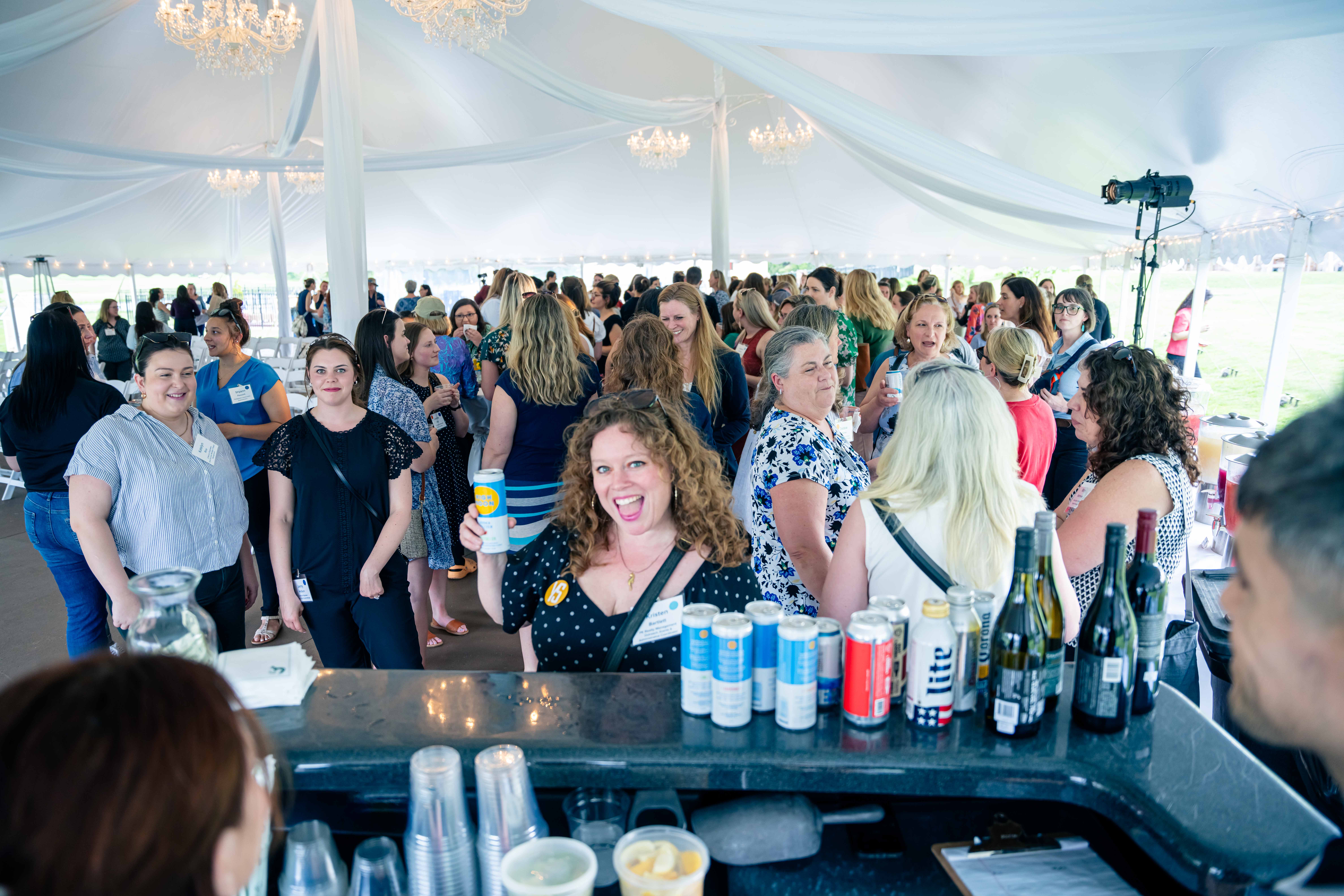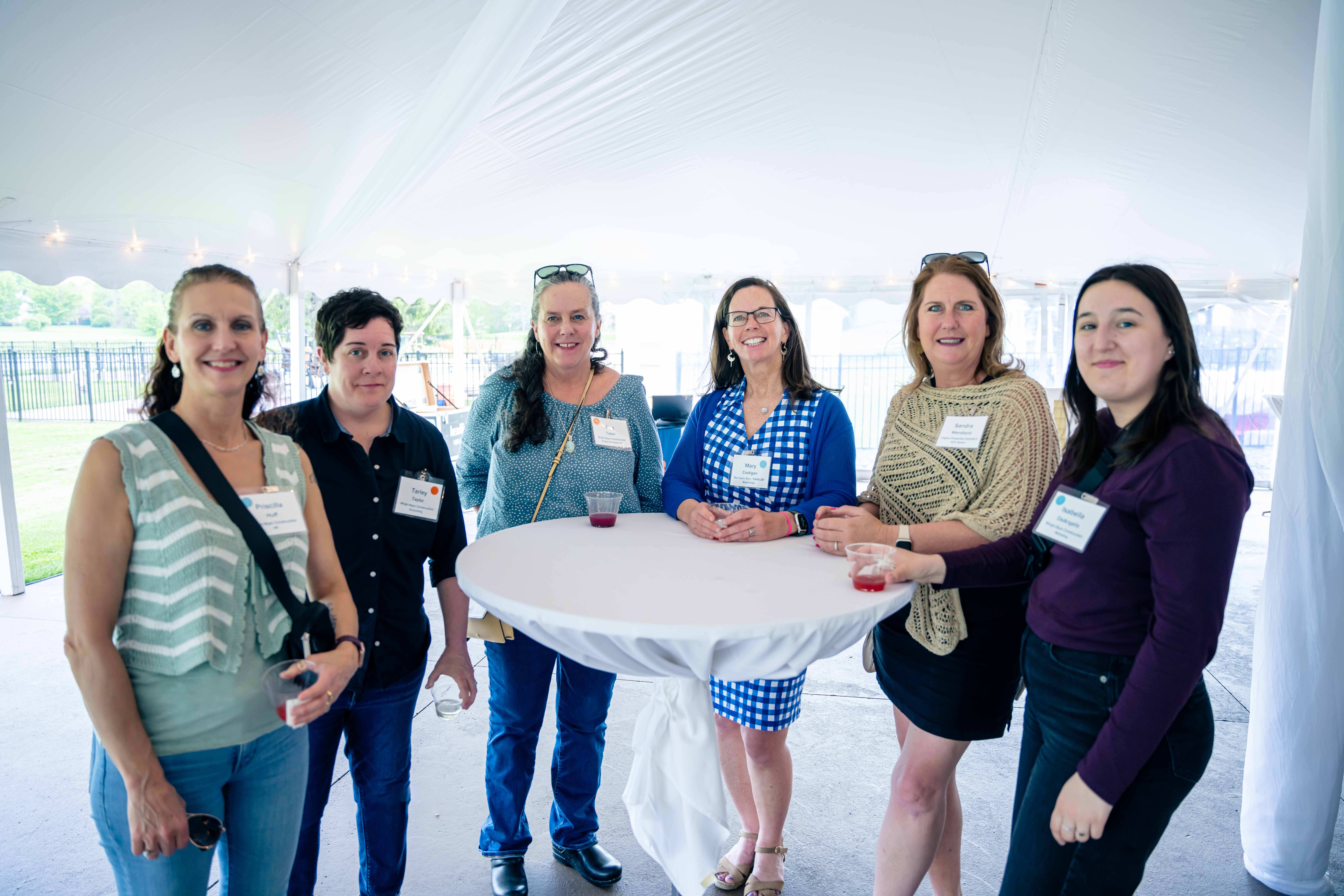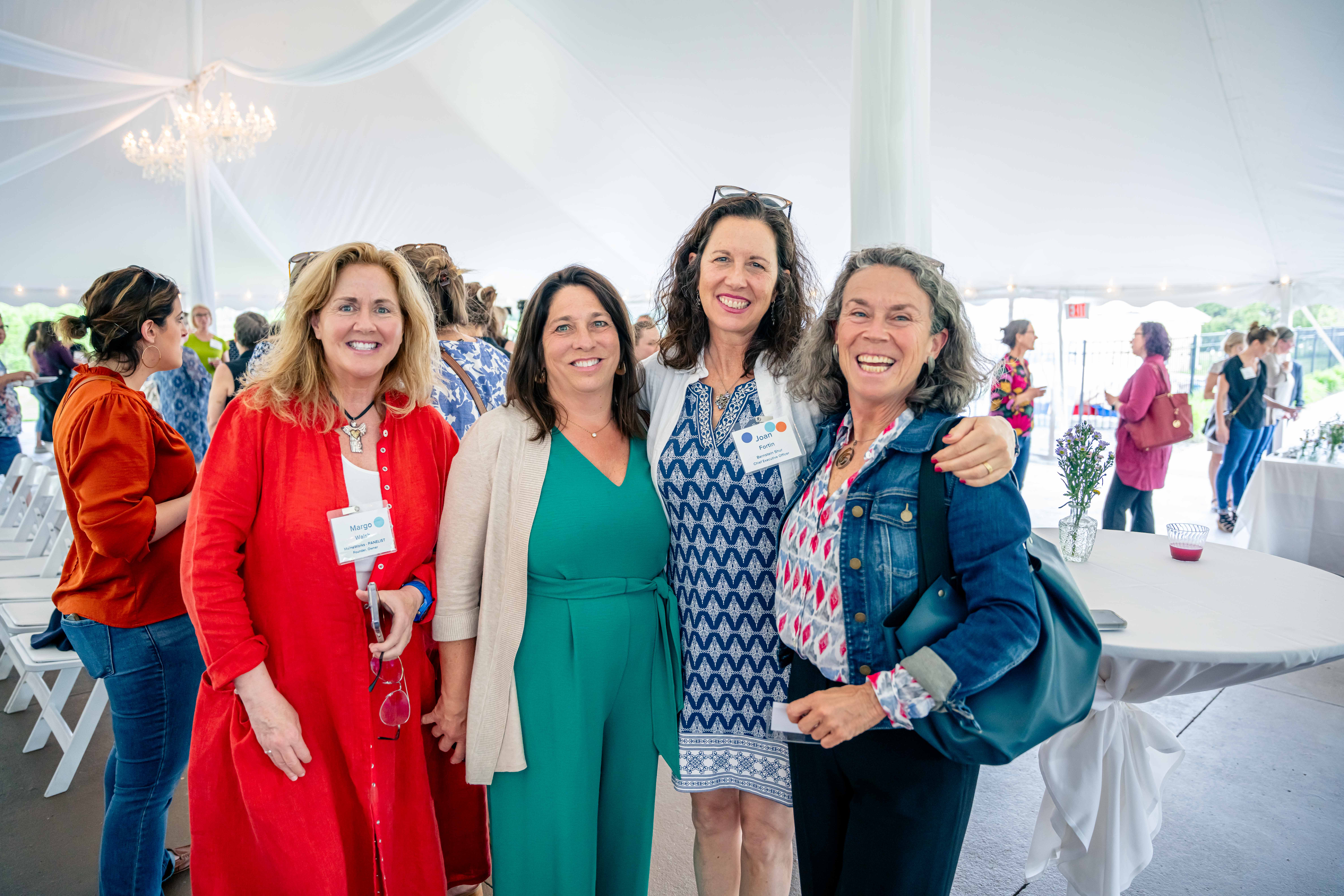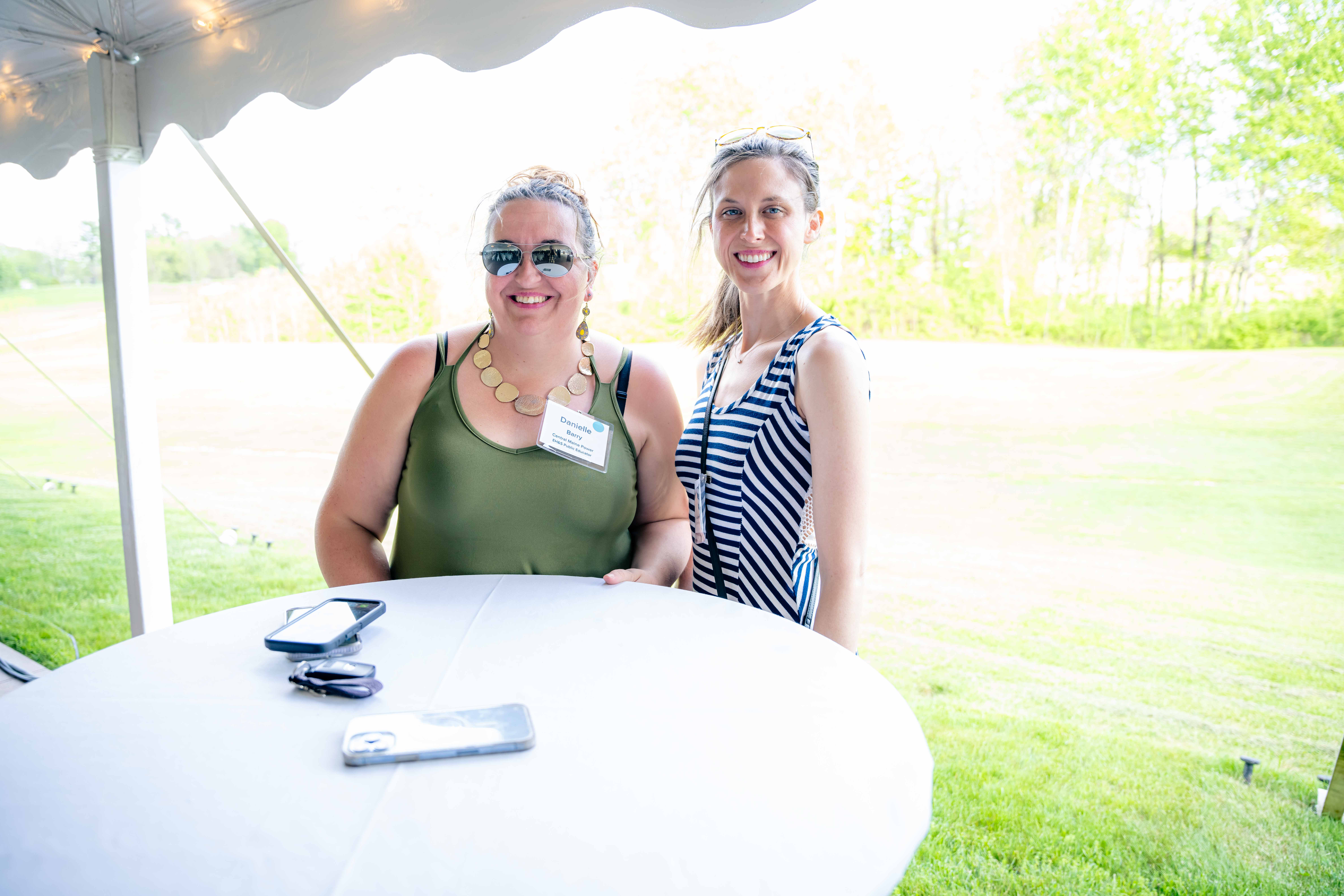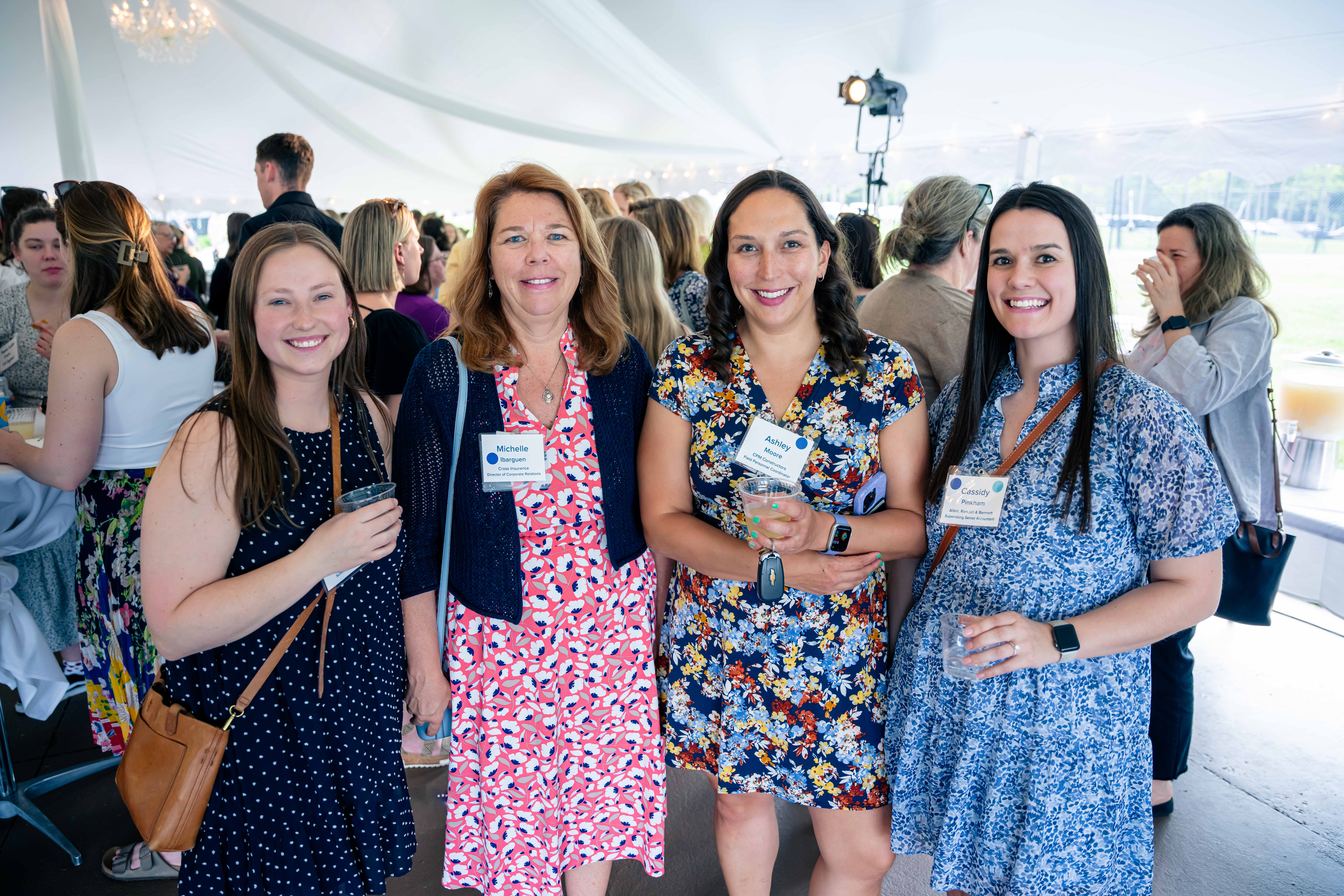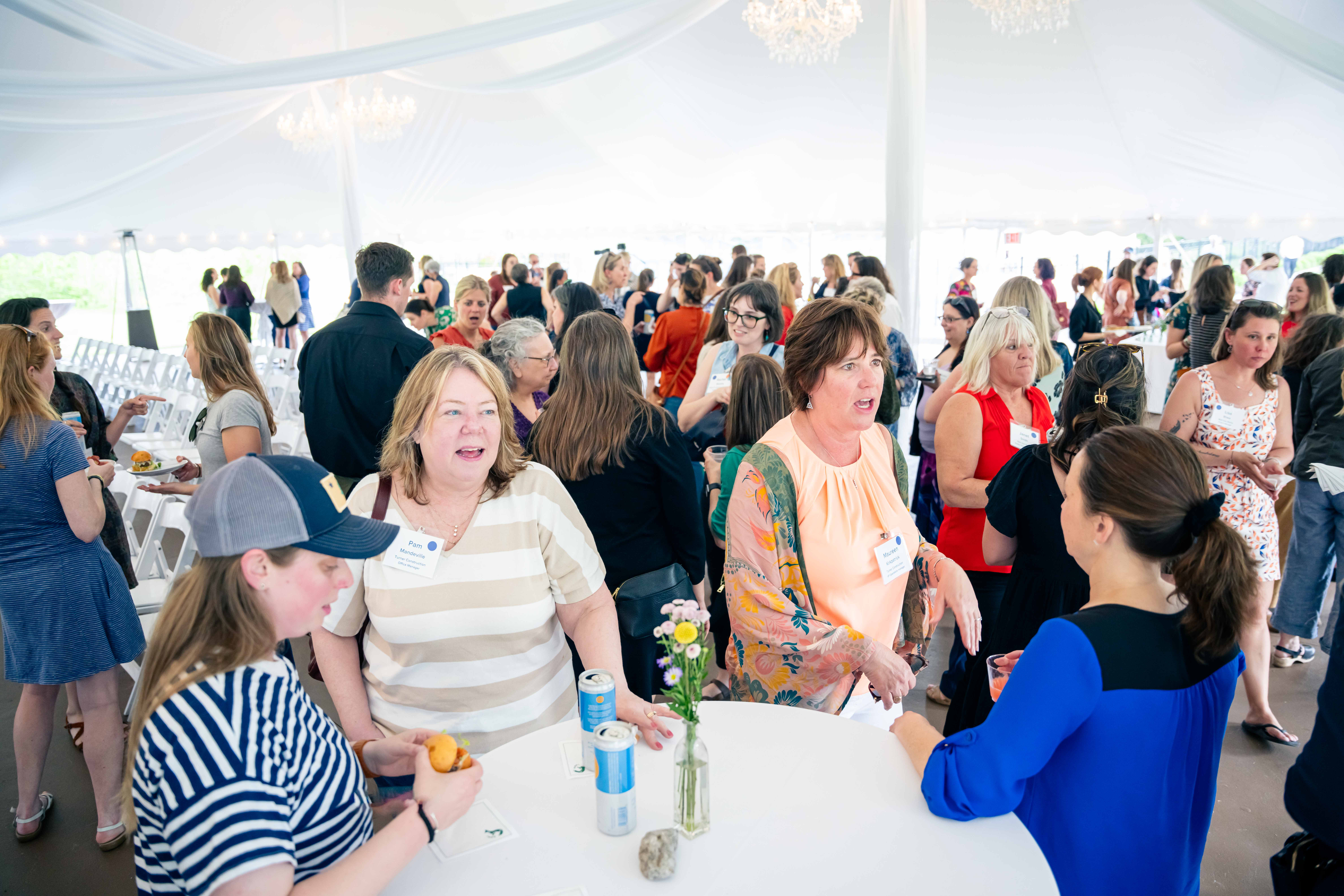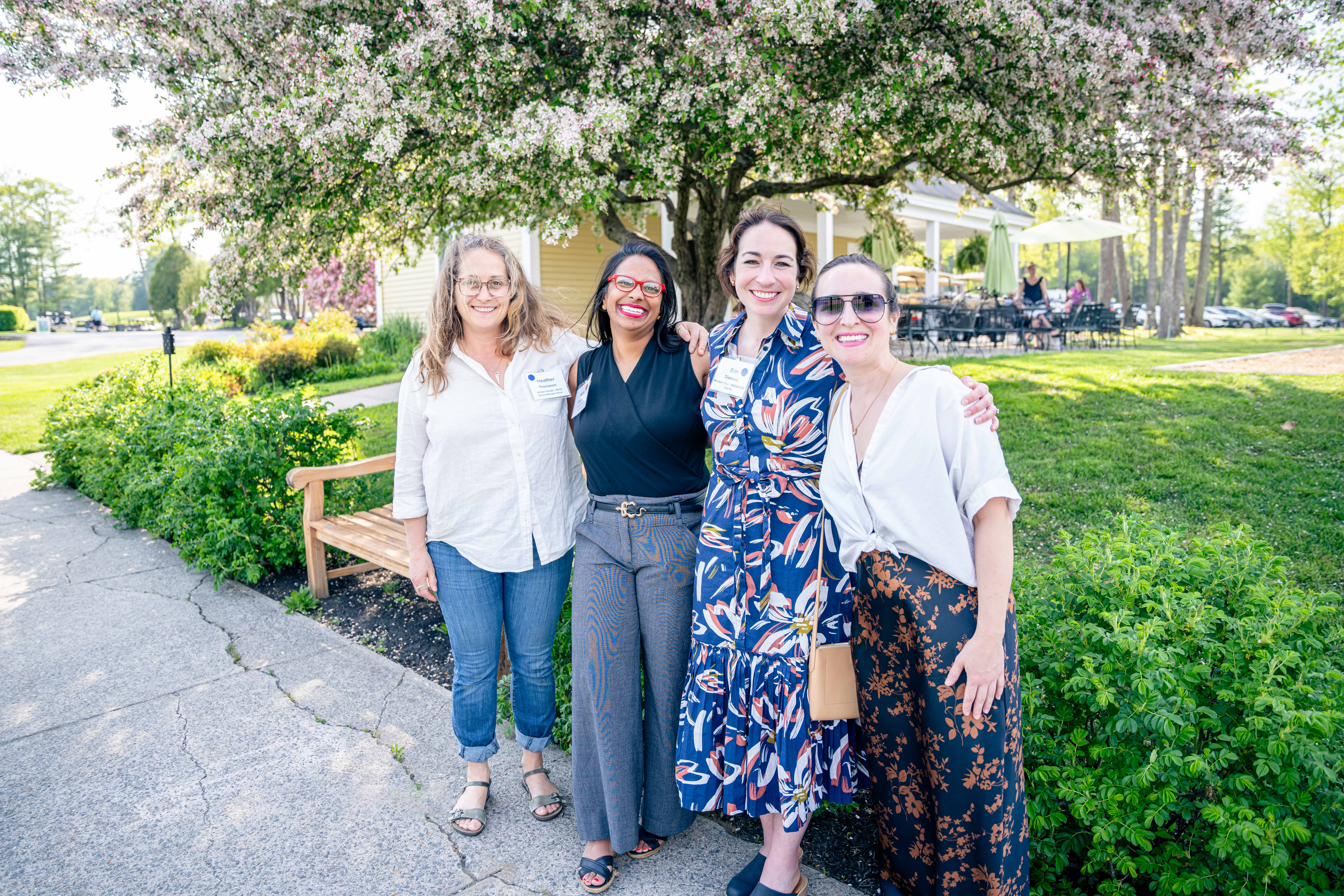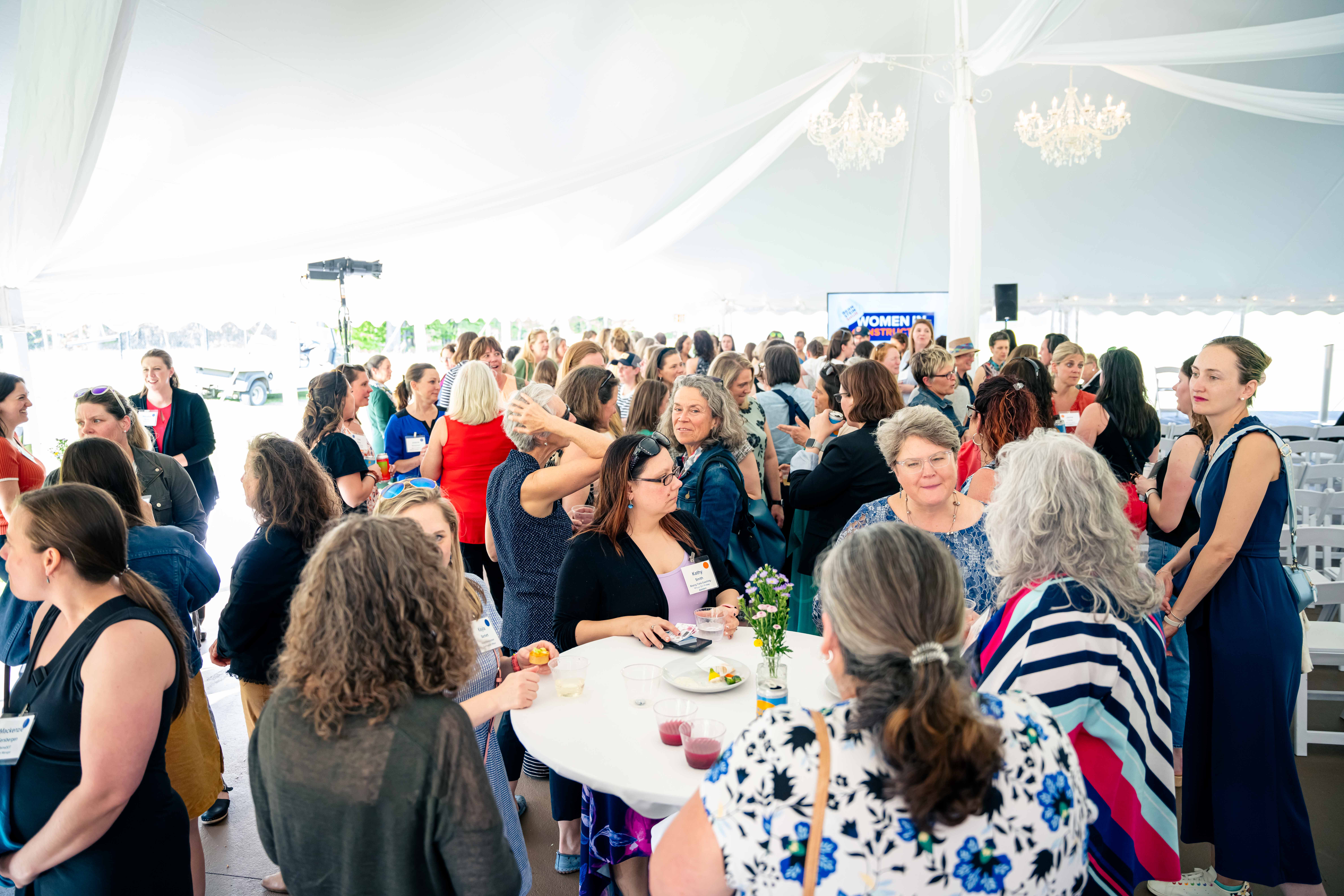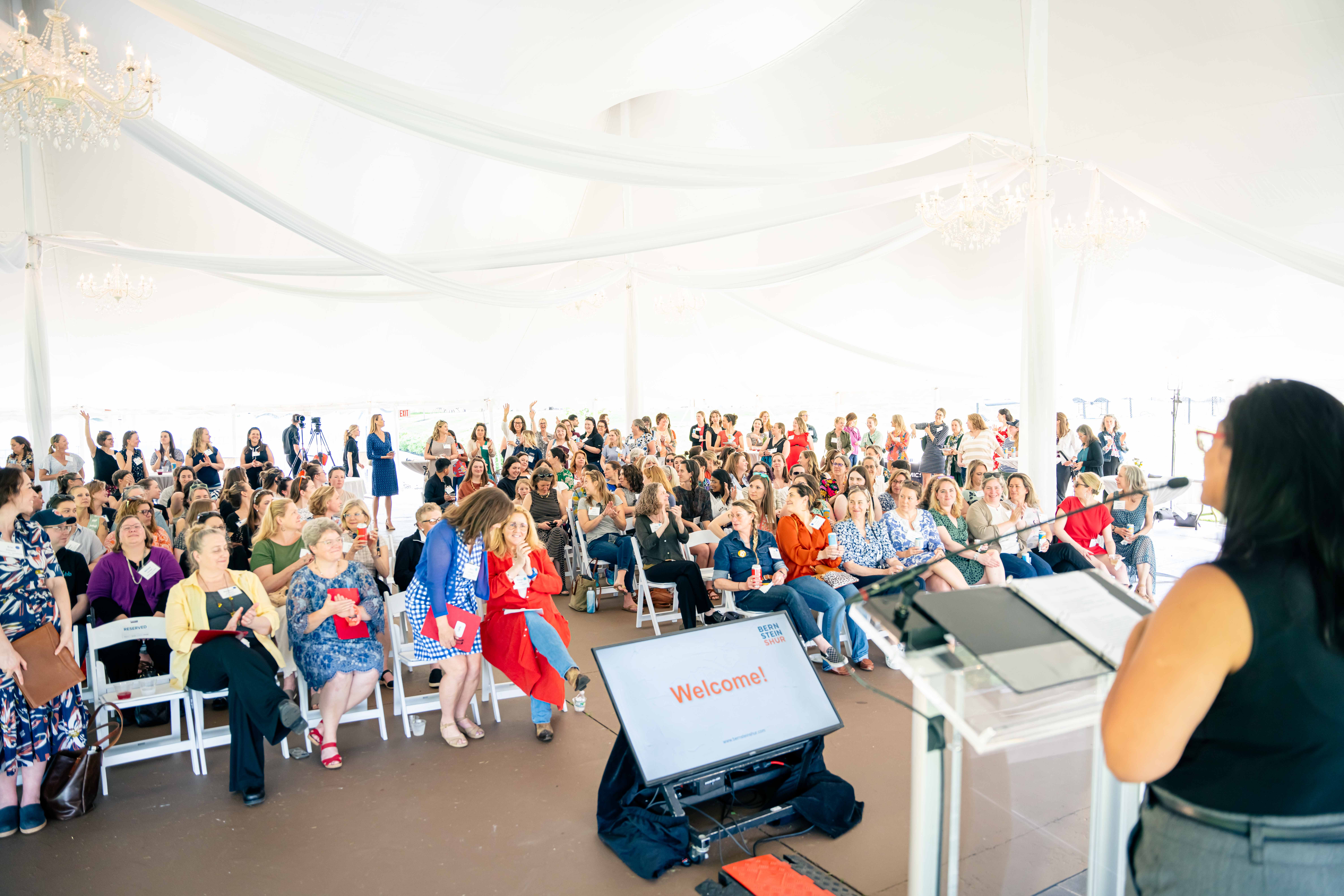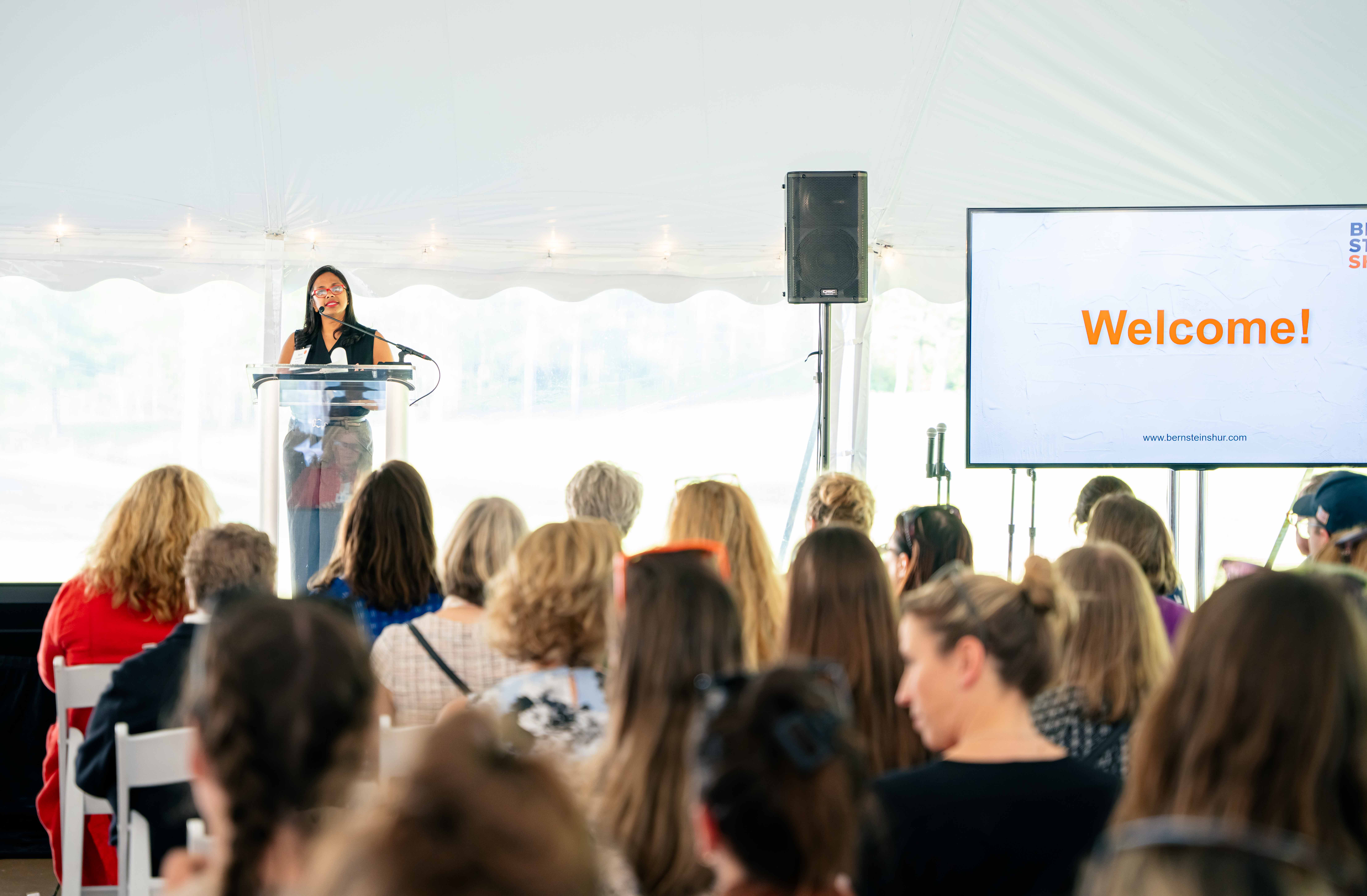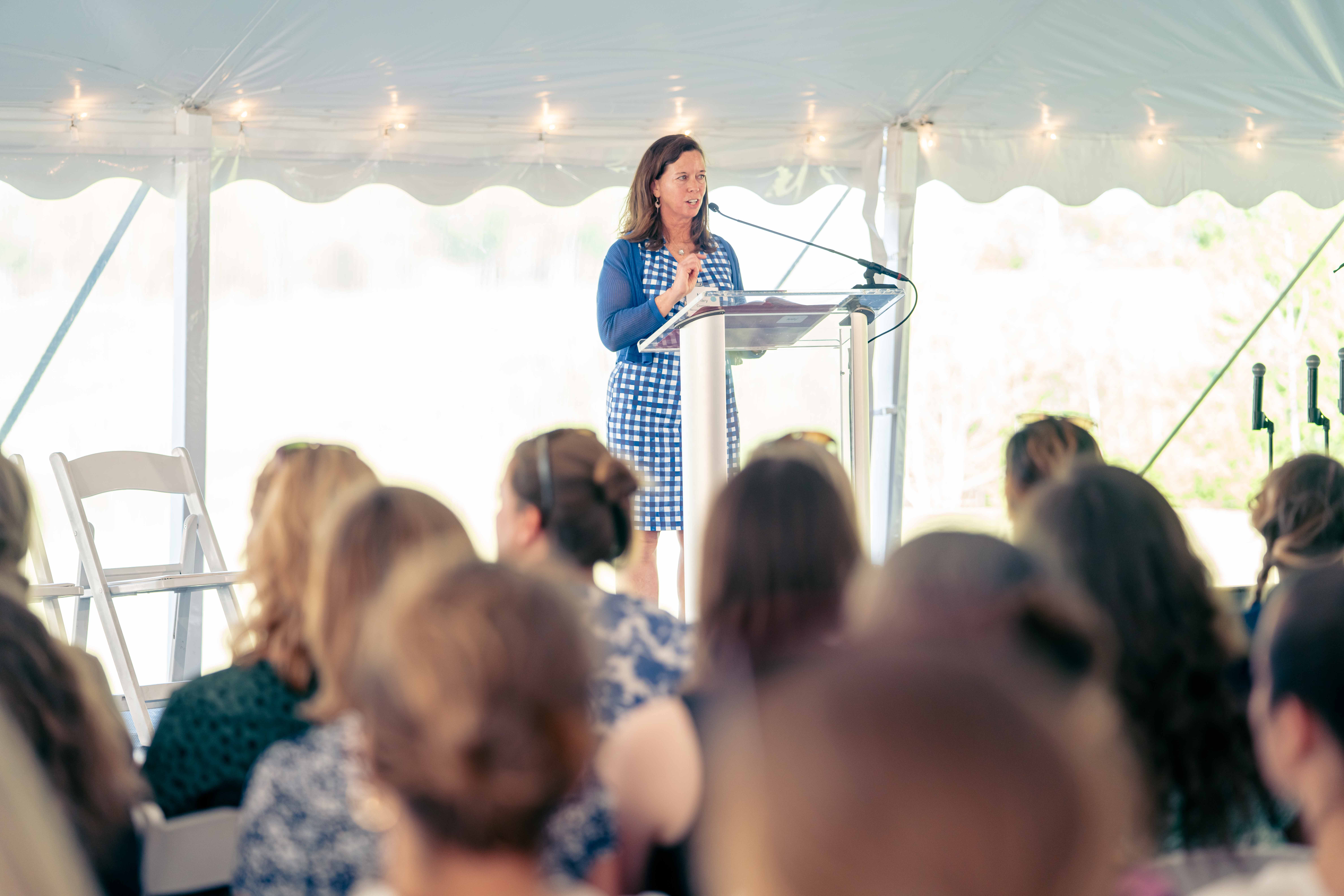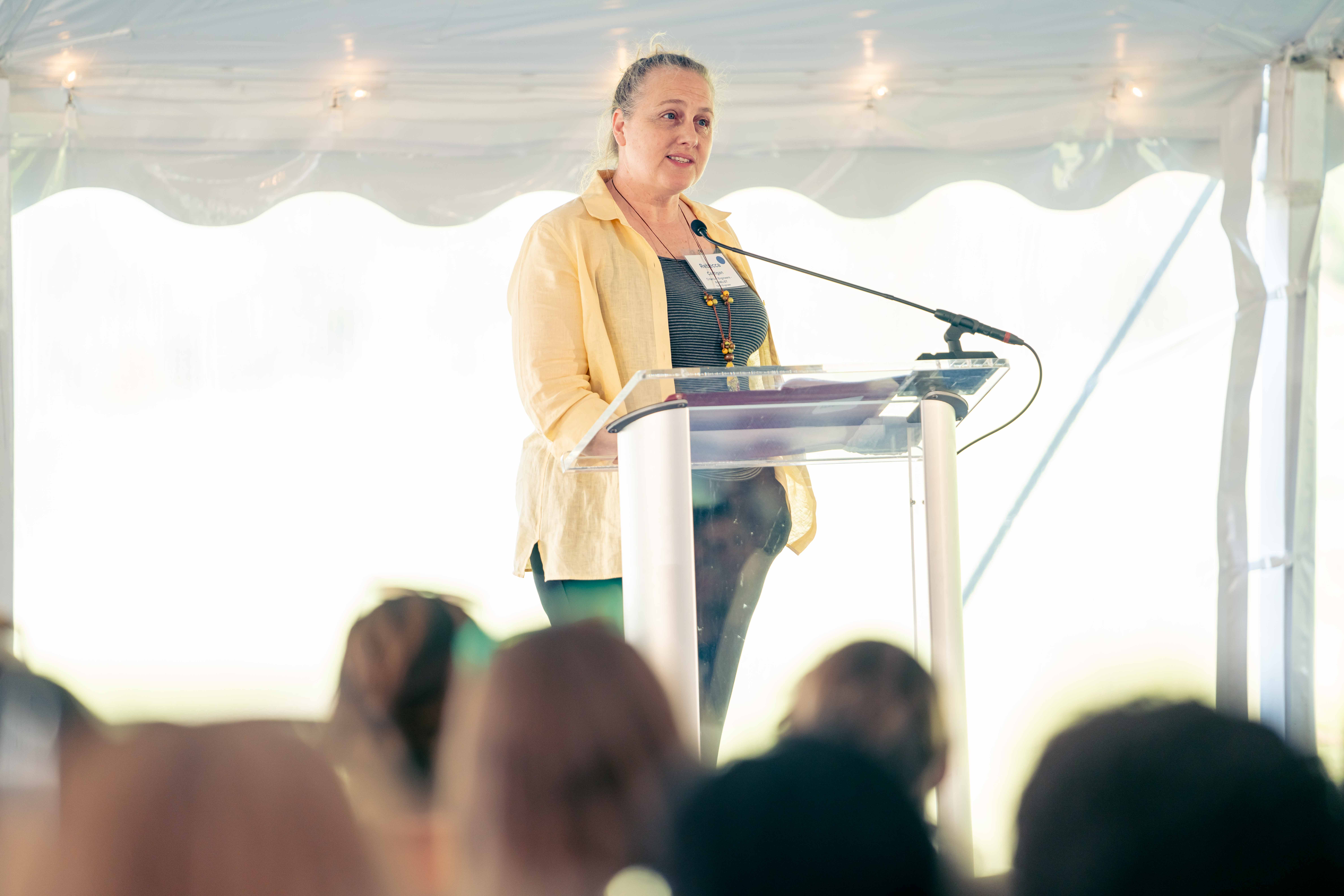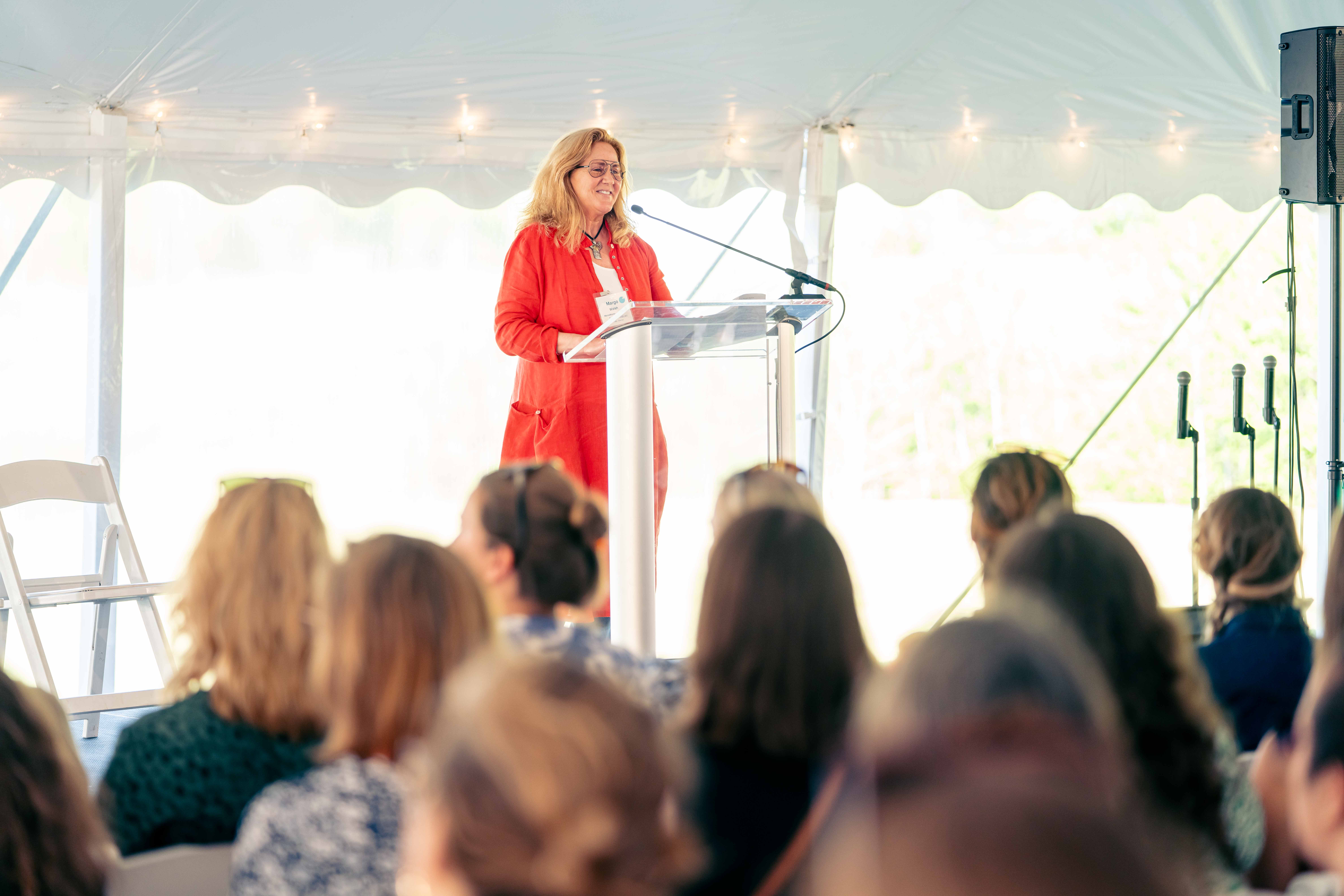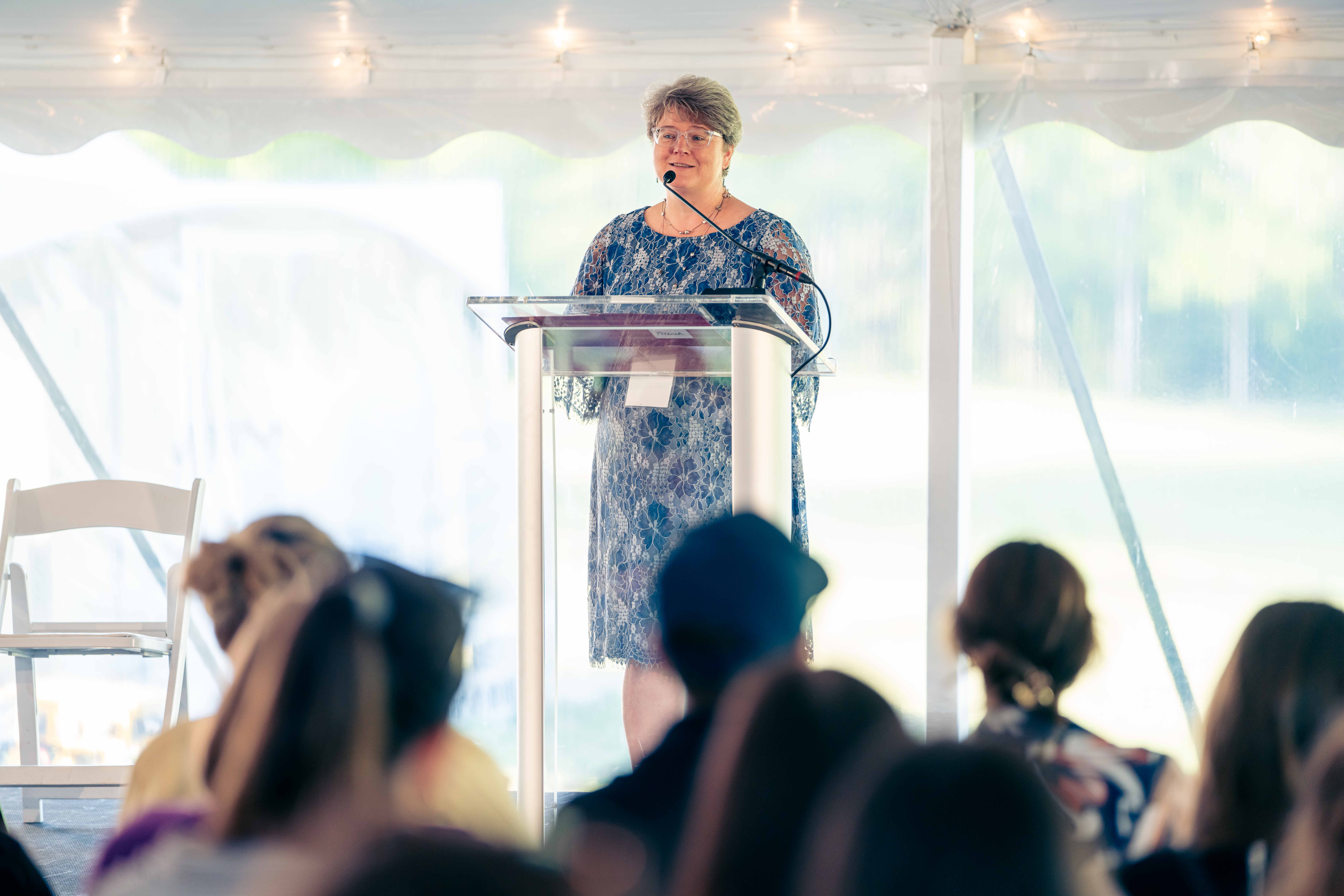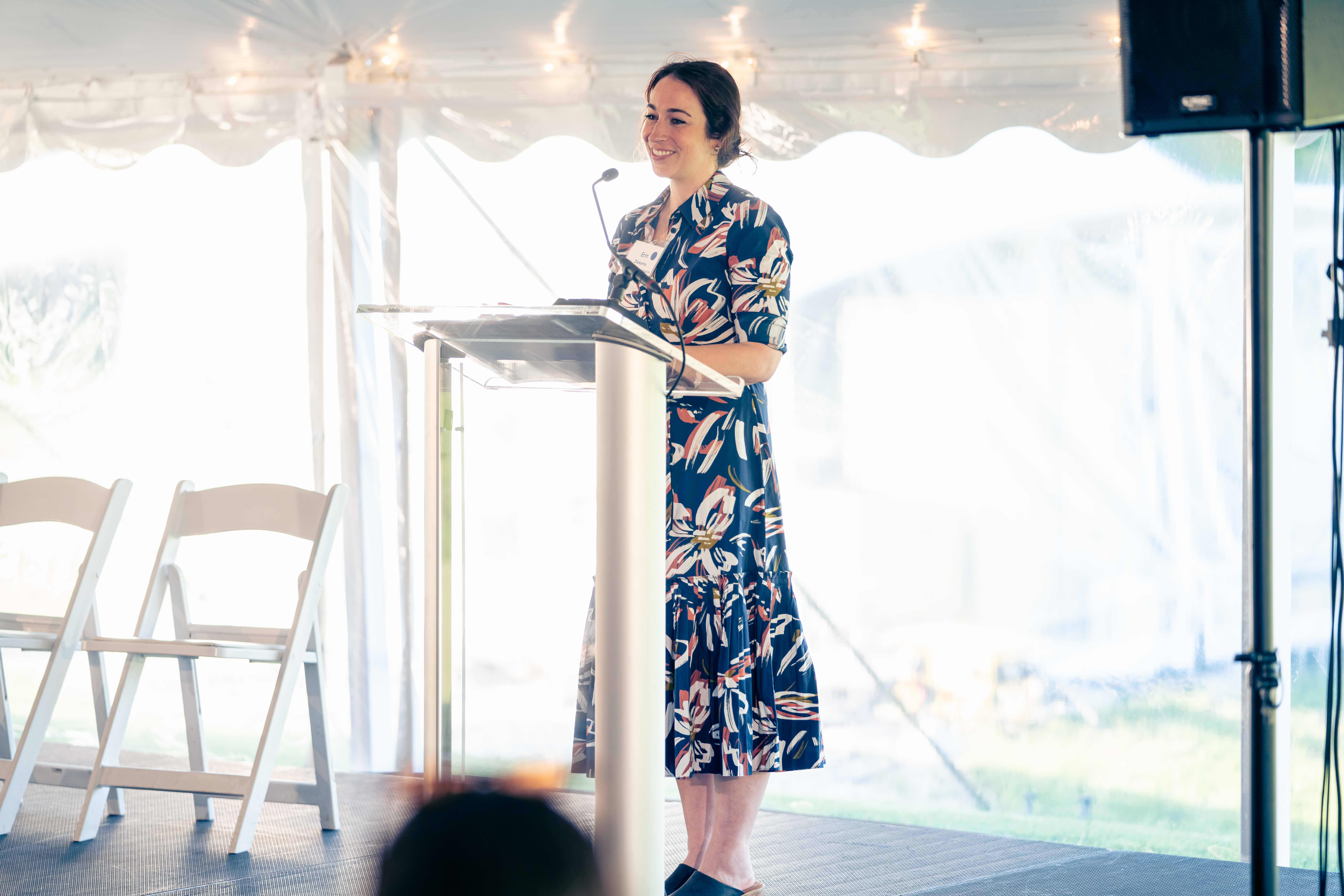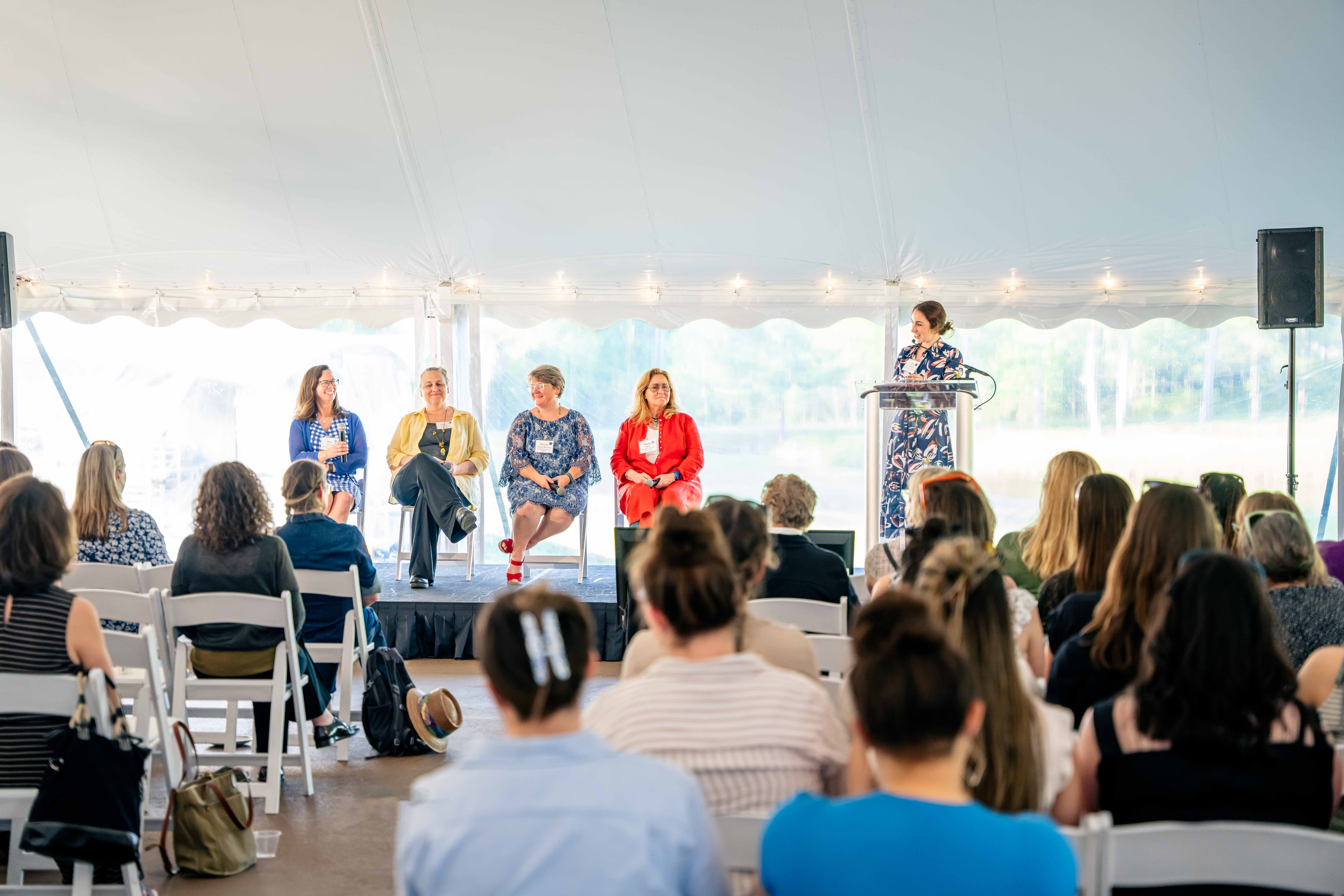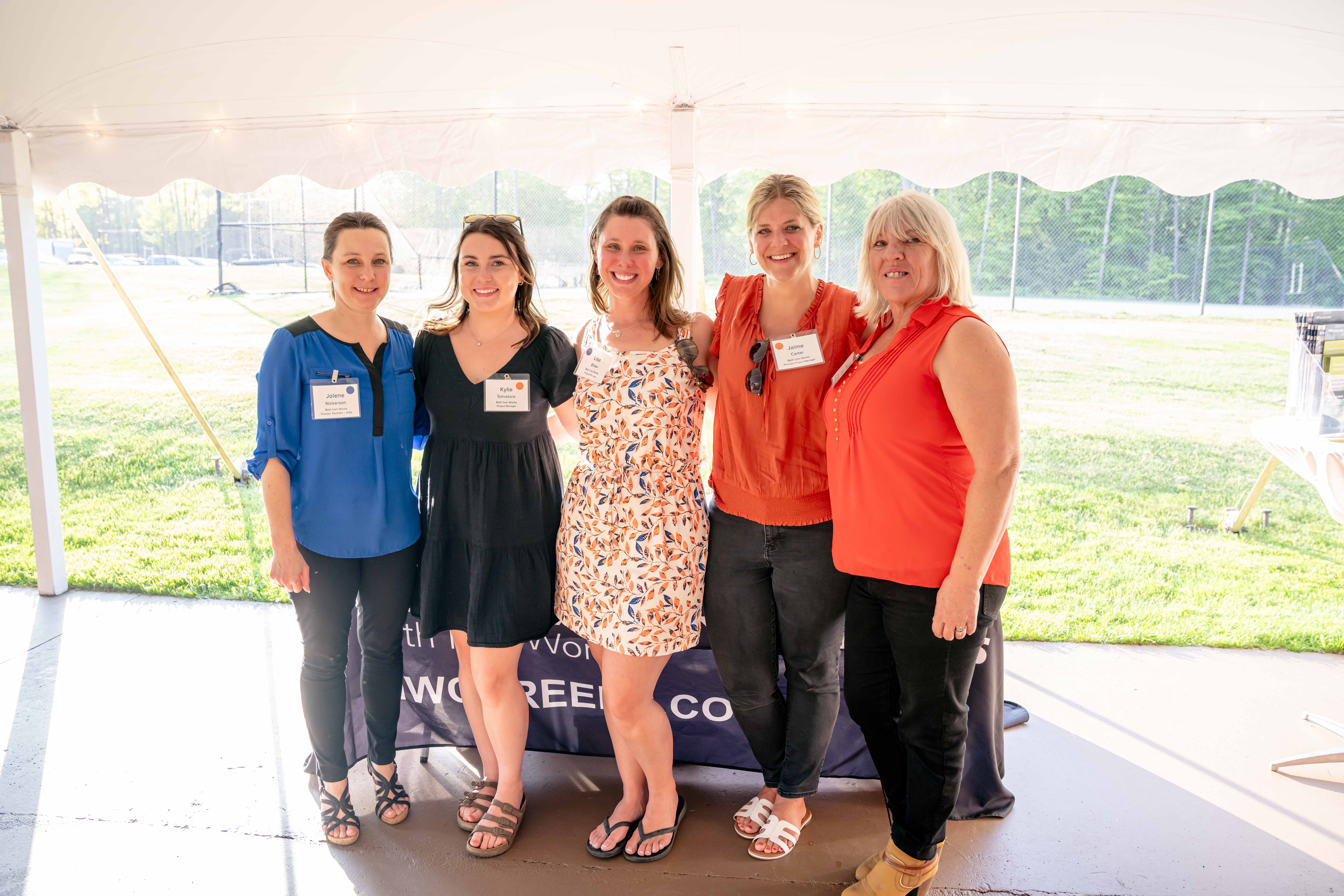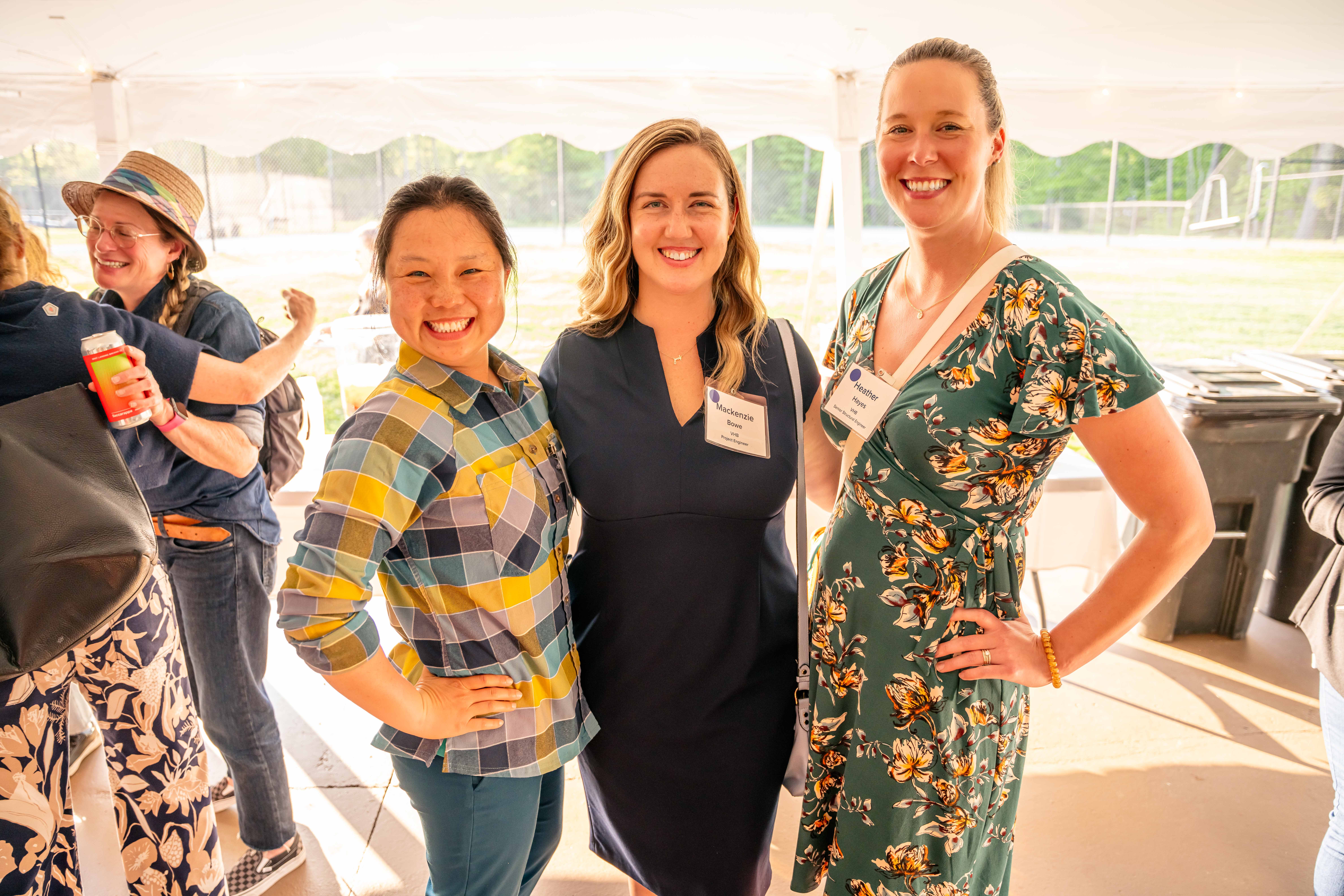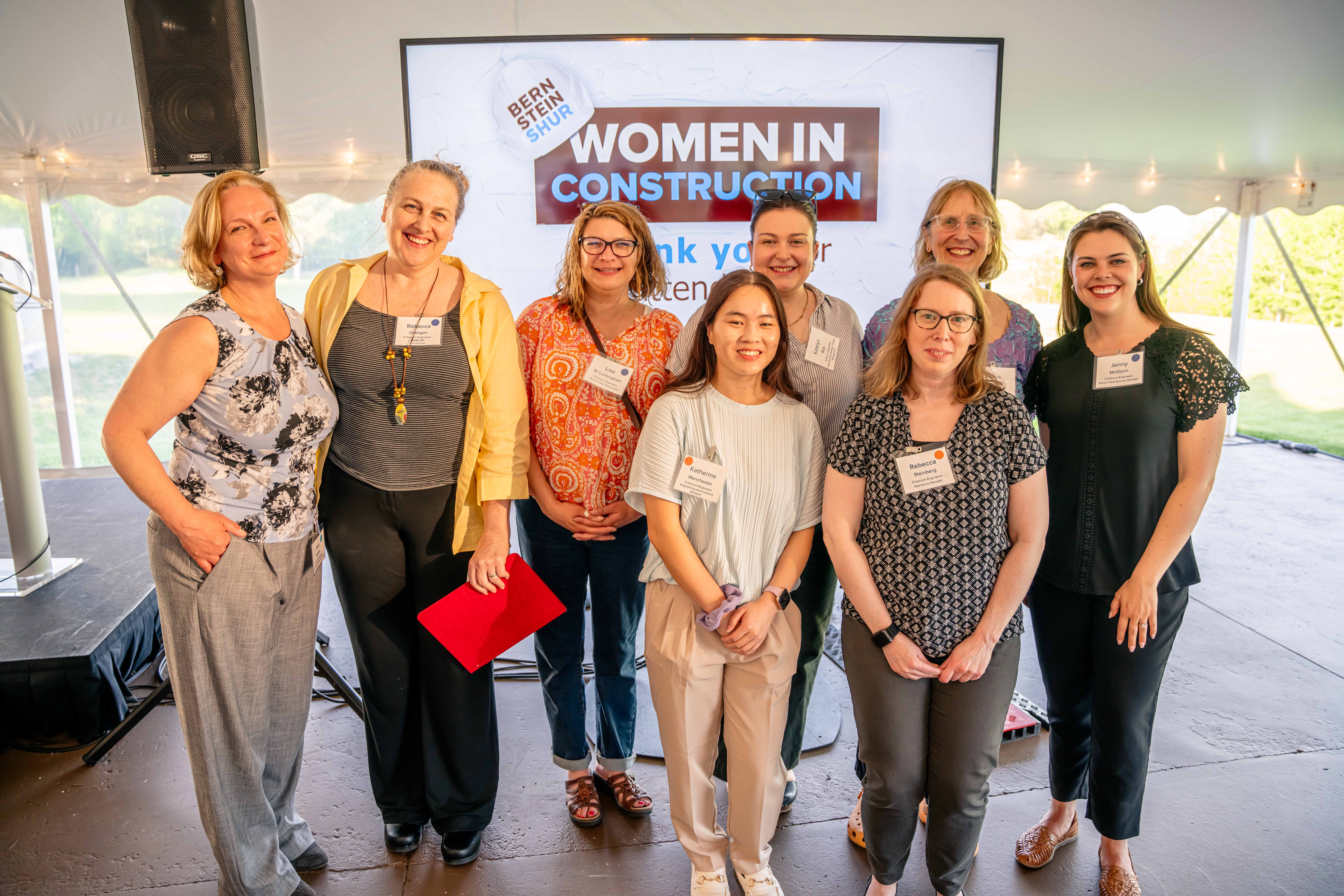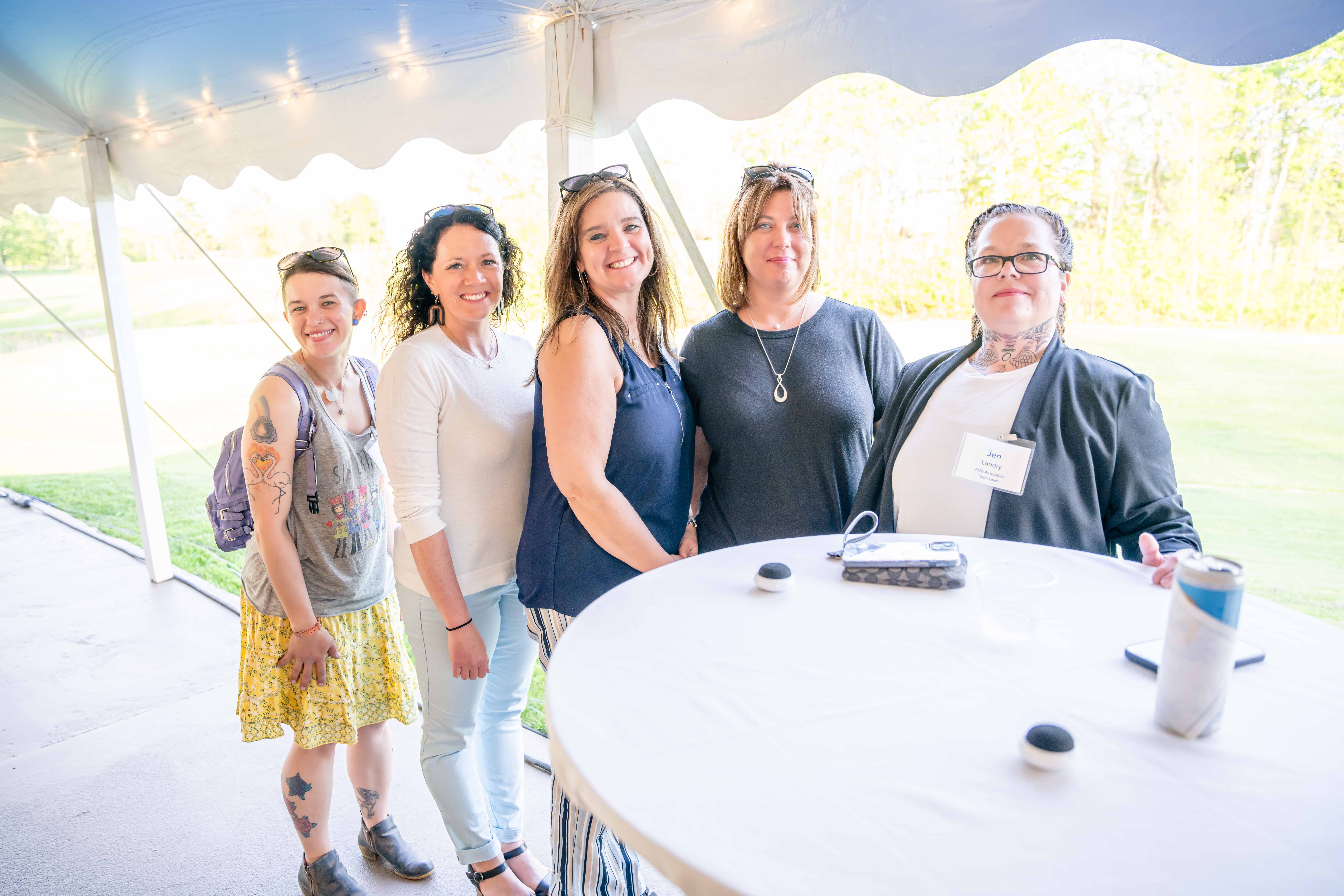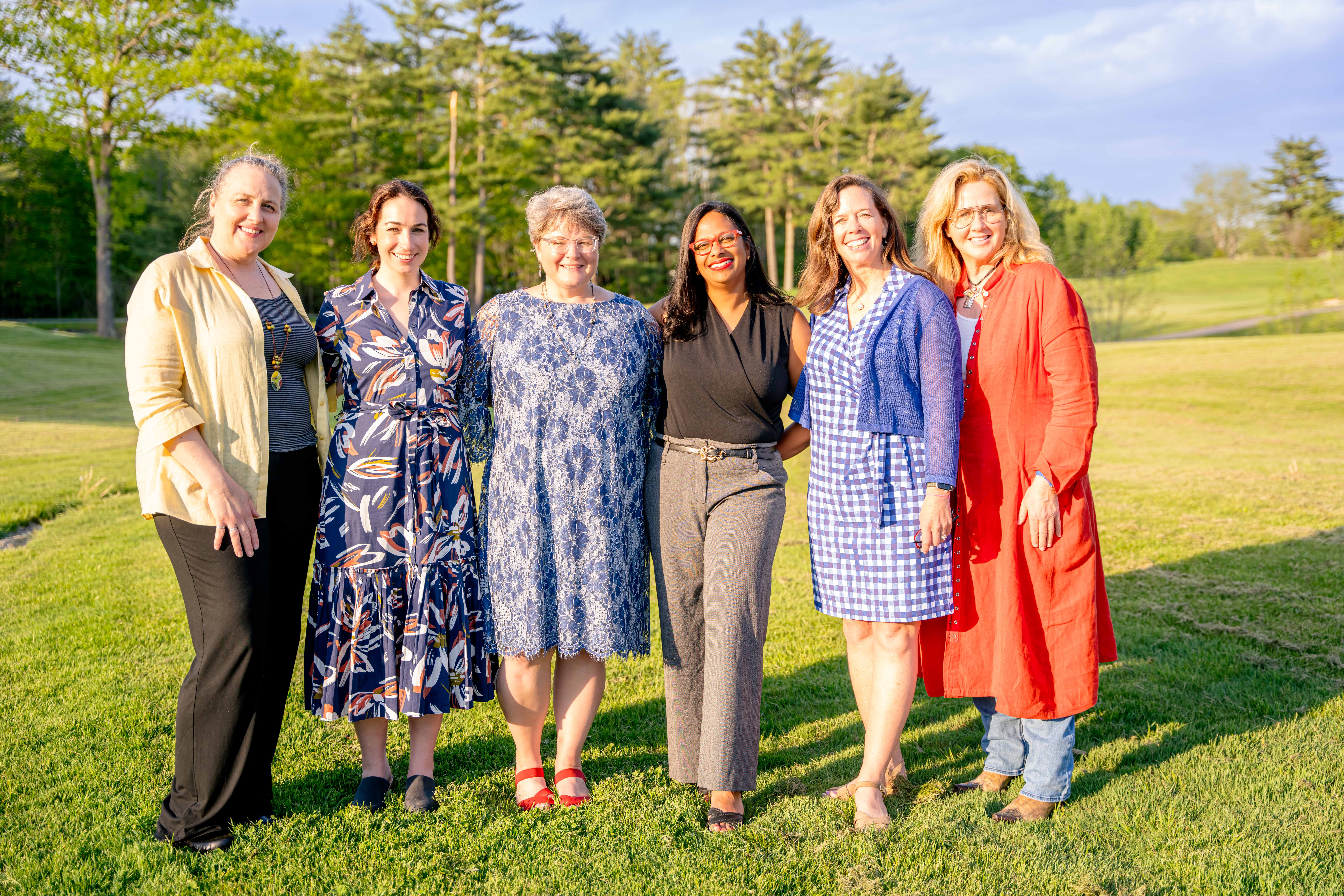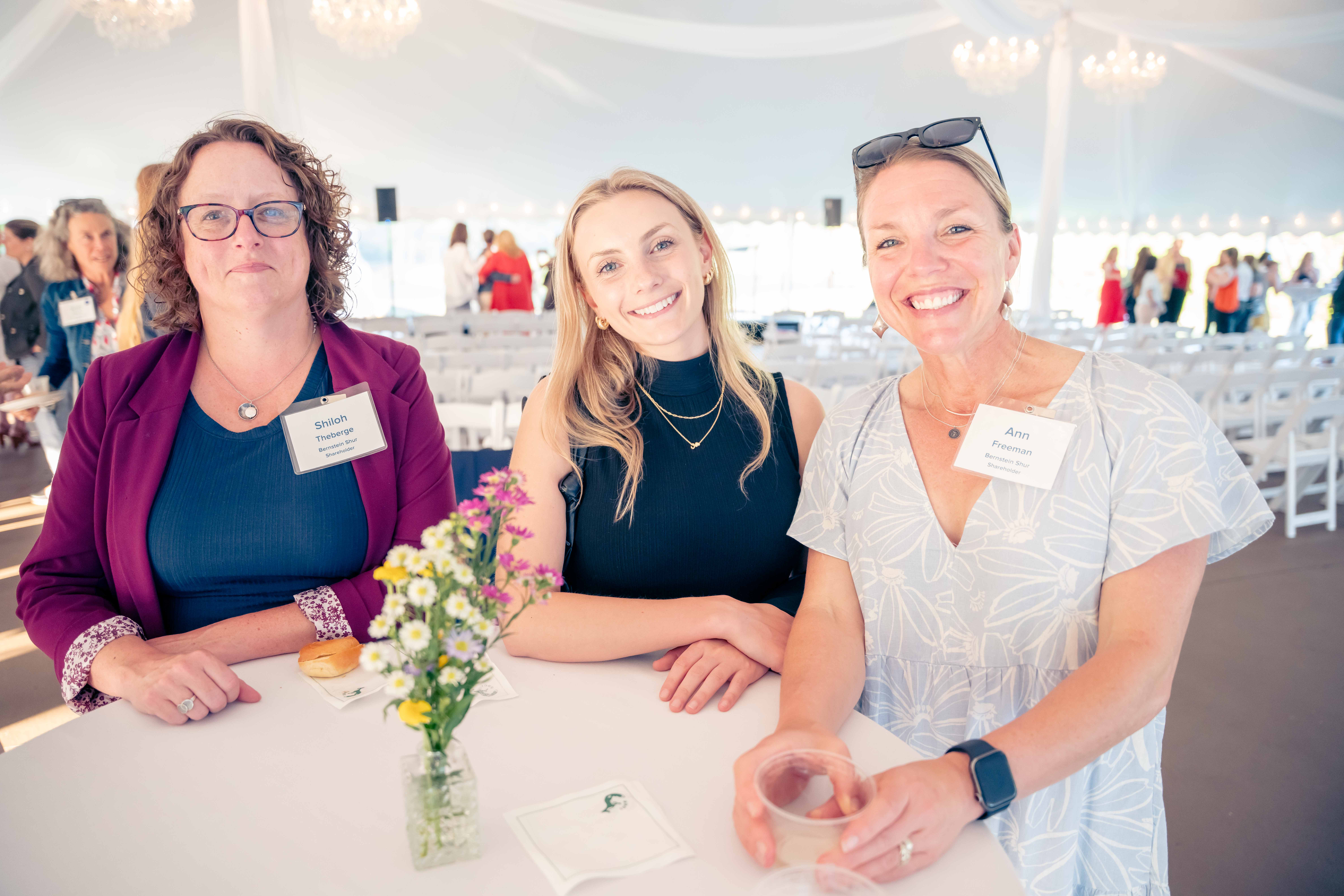A Moment and Movement for Women in Construction in Maine
The month of May brought a historic moment for women in construction in Maine: Governor Janet Mills announced an executive order aimed at recruiting, training, and retaining more women in Maine’s construction industry. The timing was serendipitous, as Bernstein Shur’s 9th annual Women in Construction and Project Development (WIC) event attracted a record number of attendees on May 22nd, where this year’s panelists and attendees noted the order’s alignment with the main goal of this annual event: to broaden and empower the community of women in these industries.
A decade of bringing together Women in Construction in Maine
Ten years ago, inspired by the Women in Construction Leadership and Networking Conference in Washington, DC, my former colleague, Meredith Eilers, and I decided to take this concept back to Maine and help carve out space for female allyship in the construction industry. Bernstein Shur’s annual Women in Construction and Project Development event was born, and has since given women in construction and adjacent industries the chance to network and inspire each other. This year’s event, held at the Falmouth Country Club, brought together nearly 200 women (and a few men) to hear four inspiring female leaders—ranging from attorney to engineer to business owner—describe how they “honed their craft” throughout their career. The speakers were Bernstein Shur Shareholder Mary Costigan, Criterium Engineers Chief Engineer Rebecca Costigan, MaineWorks Founder Margo Walsh, and Blazing Trails Coaching Founder Priscilla Hansen Mahoney. The executive order was a topic of discussion and excitement throughout the evening.
Breaking down the executive order regarding women in construction in Maine
Governor Mills’ recent executive order sheds light on the reality of the female experience within the construction industry in Maine and beyond:
- Jobs in construction are male-dominated and present certain barriers for women who only make up 11% of the industry nationally and 4% of trade occupations nationally.
- Maine women earn a median of over $9,000 a year less than men for the same amount of time worked.
In addition to her goal of making the construction industry more equitable, Governor Mills’ executive order describes a critical need for growth in the workforce overall. Maine is experiencing a workforce shortage at a time when there is increased demand for construction and trades work and jobs for several reasons, including:
- landmark infrastructure investments from the federal government;
- repairing and rebuilding from damage to infrastructure, working waterfronts, and private properties; and
- helping Maine achieve clean energy goals and adapt to climate change impacts.
With both a need for more workers and an opportunity to close the gender gap in the industry, Governor Mills’ order starts from the bottom and seeks to move women up. Her order will leverage opportunities to gather data to understand a baseline of where we stand today, consult with and connect relevant industry organizations, and create accountability to keep a pulse on progress. In summary, this includes:
- Baseline Data Collection: Compiling existing data and surveying Maine-based construction contractors, staffing agencies, subcontractors, labor unions, and those who procure workforce for construction projects to determine where we stand today with numbers/roles/demographics of individuals employed; existing barriers and accommodations available for women to pursue jobs; and avenues for broader recruitment and retention of women.
- Industry Consultation: Consulting with statewide entities representing businesses in the construction industry in Maine to identify, encourage, and promote skills training, child care, health insurance, employee codes of conduct, transportation, and any other actions that will increase the number of women in the industry.
- Public-Private Coordination: Connecting businesses in the construction sector with participants in several programs (see order) to recruit, market, promote, and train women for traditionally male jobs in the construction industry.
- Workforce Data Collection and Sharing: Developing data collection and reporting criteria to regularly gather workforce information from contractors and subcontractors receiving Federal or state funds for construction projects to include workforce needs and worker demographics, and availability of non-salary benefits, including training, and/or supportive services.
- Grant Funding Opportunities: Identifying and promptly implementing any available incentives for the hiring and retention of women in the construction industry.
Doing our part to empower women in construction
I have been a member of the construction industry for 24 years: out of college, I started as an Engineer-in-Training and eventually pursued my law degree. I am proud to have brought my engineering background into my legal career, but I’m not the only female lawyer at Bernstein Shur who uses a unique educational background to serve this industry: my colleague, Erin Diekema, who moderated this year’s event, uses her dual MBA and law degree to serve her real estate development clients at the highest level. And we’re not alone.
Those who attended the 9th annual WIC event heard me say that if you have legal needs with regard to a large, complicated construction project, there is a woman at Bernstein Shur who can assist you in bringing it to life. Erin and I are proud to be part of a diverse team of Bernstein Shur attorneys who can support clients at every step of a project. Additionally, we’re proud that this annual event is supporting state- and nation-wide initiatives to support the construction industry as a whole.
We are doing our part to give women in construction and project development the space to gather, discuss their unique challenges, and work together to come up with creative solutions that will open the door for broader female participation in this industry. To those that have supported this event and community, we thank you. We hope to see you at the 10th annual!
The video recording and photos from the 9th Annual Women in Construction and Project Development event can be found below.

